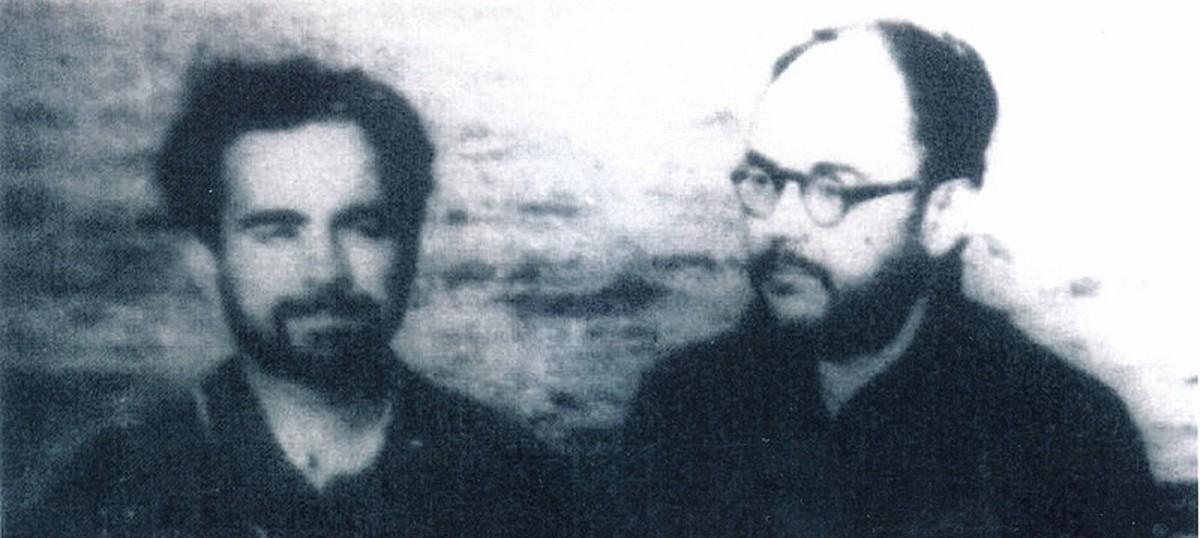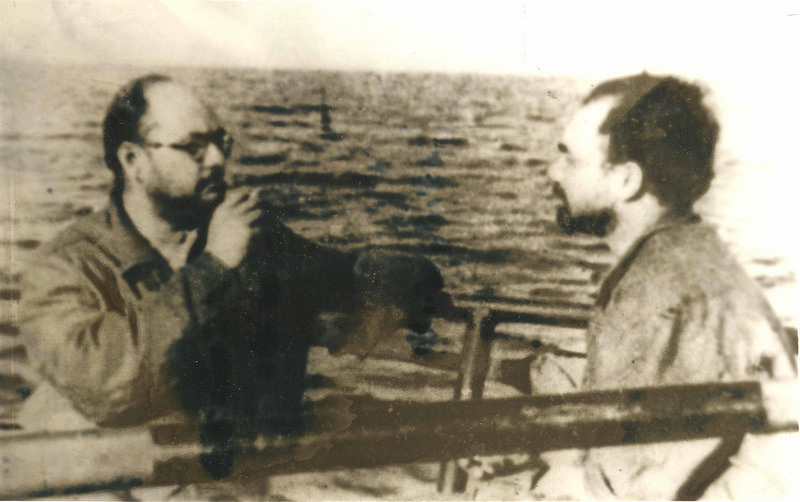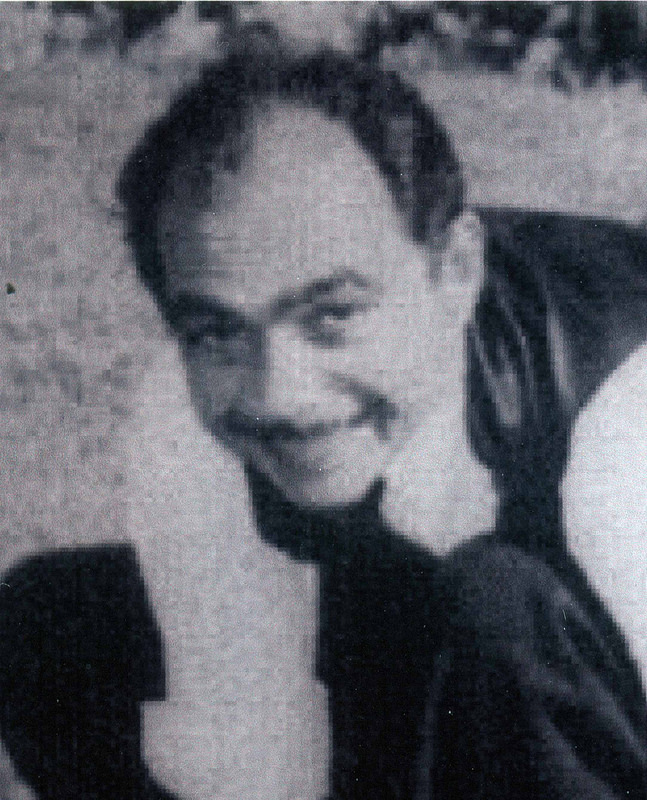Abid Hasan’s grandnephew recounts the story behind creation of a salutation to replace religion-based greetings for Indian soldiers.

Netaji Subhash Chandra Bose had a problem. It was 1941. He was in Germany, and was spending a lot of his time in the Konigsbruck prisoner-of-war camp, trying to recruit Indian soldiers captured by Rommel’s army in North Africa into his new Azad Hind Fauj.
But what troubled him was that the soldiers of the Indian Army had historically been organised into regiments based on ethnic and religious lines – the Rajputs, the Baluchis, the Sikhs, and so on. And even here, in the prisoner-of-war camps, they tended to cluster into their own little ethnic and religious groups.
Netaji, however, was very clear that his new Azad Hind Fauj would be a completely integrated army with men of every community and caste fighting shoulder-to-shoulder for an integrated India. After all, how could it be any other way?
But to integrate the soldiers was a complex issue that had to be tackled at many levels. For starters, each community greeted each other with their own salutation: the Hindu soldiers said, “Namaste” or “Ram, Ram ji”; the Muslims said, “Salaam alaikum”, and the Sikhs said, “Sat Sri Akal”. Netaji believed the first thing he had to do was to replace these religion-based greetings with a common salutation that would help bond everybody together.
And this task he entrusted to his aide, Abid Hasan.
The great rallying cry
Hasan was a Hyderabadi who’d been a disciple of Mahatma Gandhi as a teenager, and had spent time at his Sabarmati Ashram. Later, when his contemporaries all went to university in England, Hasan chose to go, instead, to Germany. And it was there that, in 1941, he met Netaji, and dropped out of engineering college to became his aide.
Now, pondering over the task Netaji had set him, Hasan was wandering around the Konigsbruck POW camp, when he overheard two Rajput soldiers greet each other with “Jai Ramji ki”. And that triggered off in his mind the idea of “Jai Hindustan ki”.
This, in turn, led to the shorter, more rousing “Jai Hind”.
Netaji was delighted with Hasan’s idea, which worked so well that “Jai Hind” soon went beyond its original brief to become a rallying cry of the Indian National Army. Later, of course, it would be adopted as the national slogan when, at the time of Independence, Jawaharlal Nehru raised it, stirringly, at the Red Fort.
It is ironic now, in the time of the Bharat Mata ki Jai controversy, to think that Jai Hind was a slogan created specifically to help unite the people of India, rather than divide them.
Later, in 1943, when Netaji was searching for an anthem for his Arzi Hukumat-e-Azad Hind, or the Provisional Government of Free India, he decided on Rabindranath Tagore’s poem, Jana Gana Mana. But to make it more accessible to the common man, Netaji wanted it translated from Tagore’s classical Bengali into simple Hindi. And for that, once again, he turned to Hasan, along with two other INA officers, Mumtaz Hussain and JR Bhonsle, while the tune itself was composed by Capt Ram Singh. Netaji’s vivid brief to them was, apparently, that when the anthem played, it should be so rousing that auditorium itself should shatter in half to reveal the sky above.
It is a mark of the kind of man Netaji was, to combine such a wide sweep of vision, with such minute attention to its details.
Chalo Dilli!
So what became of Abid Hasan?
When Netaji made his historic escape from Germany to Japan by submarine in 1943, he took Hasan along with him. It was the longest submarine voyage in history till then, beginning in the Baltic Sea in a German submarine, transferring off the coast of Madagascar into a Japanese submarine, and then sailing across the Indian Ocean to land in Sumatra, nearly four months later (a voyage that is interestingly portrayed in Shyam Benegal’s The Forgotten Hero, with Rajit Kapur playing the part of Hasan). From Sumatra the two of them were then flown in a Japanese Air Force plane to Tokyo.

Hasan (by then Major Hasan) fought in the historic Battle of Imphal in 1944 – which Netaji believed would be the INA’s great breakthrough into the plains of India at the head of General Mutaguchi’s 15th Japanese Division, culminating in his dream of “Chalo Dilli!” But, unfortunately, everything went wrong.
A spy code-named Silver tipped off the Allies about the attack. The Allied defenders fought back with unexpected desperation; the monsoon broke early, and torrential rains cut off the INA’s and Japanese supply lines, while the Allies managed to supply their troops by air. The expected defection of Indian soldiers from the Allied side to the INA didn’t happen; instead, demoralised INA soldiers and officers began to surrender to the Allies. Also, significantly, the Japanese, invincible until now, were, for the first time, under real pressure on various fronts, both geographical and metaphorical. The tide of the war had imperceptibly, but decisively, turned.
The four-month-long Battle of Imphal (along with the Battle of Kohima nearby) has been voted the greatest battle fought in the history of the British Army. But what that meant for the Indian National Army was that instead of leading to an advance upon Delhi, the battle ended with the long, dejected retreat back to Rangoon, which Hasan orchestrated.
That last, fateful flight
In August 1945, Hasan was one of the key aides whom Netaji picked to accompany him on his final flight, along with SA Ayer, a minister in his Cabinet; Colonel Habeeb-ur-Rahman, his secretary; Colonel Pritam Singh; Colonel Gulzara Singh and Debnath Das. The plan was that they would fly together from Singapore to Tokyo, via Bangkok, Saigon, Taipei, and Manchuria.
But at Saigon Netaji suddenly asked Hasan to remain behind to finish some work, and meet up with him in Tokyo. Ultimately Netaji took off in a Japanese Mitsubishi Ki21 bomber, accompanied only by Rahman.
And the rest we know.
Or don’t know.
It all depends, essentially, on your point of view. (Although it is interesting to note that the top INA officials who were closest to Netaji say that he died in the crash.)
At the end of the war, Hasan was imprisoned by the British and, along with other close Netaji associates, was grilled by British Intelligence about Netaji and his plans. But like the others – including Habeeb-ur Rahman, Pritam Singh and John Thivy, founder of the Malayan Indian Congress – he refused to talk. Some of them were taken away and never seen again; nobody knew whose turn would be next.
After Independence, Hasan joined the newly-formed Indian Foreign Service, and took on the surname Safrani (after the saffron colour in the Indian flag). He would ultimately retire as Ambassador to Denmark – the coast of which he had quietly slipped past at the start of his secret submarine journey to Japan in 1943.

He also happened to be (and it’s now time for a disclosure) a favourite grand-uncle of mine.
I asked him once, in an unguarded moment, what really happened to Netaji, and he said, “Arre beta, yeh sab bilkul bakwas hai.” This is all complete nonsense.
But was he telling me the truth?
Or was it just a cover-up for some secret he didn’t want to reveal?
I suppose I shall never know.
We welcome your comments at letters@scroll.in.
source: http://www.scroll.in / Scroll.in / Home> Remembering History / by Anvar AliKhan / Sunday – April 24th, 2016








